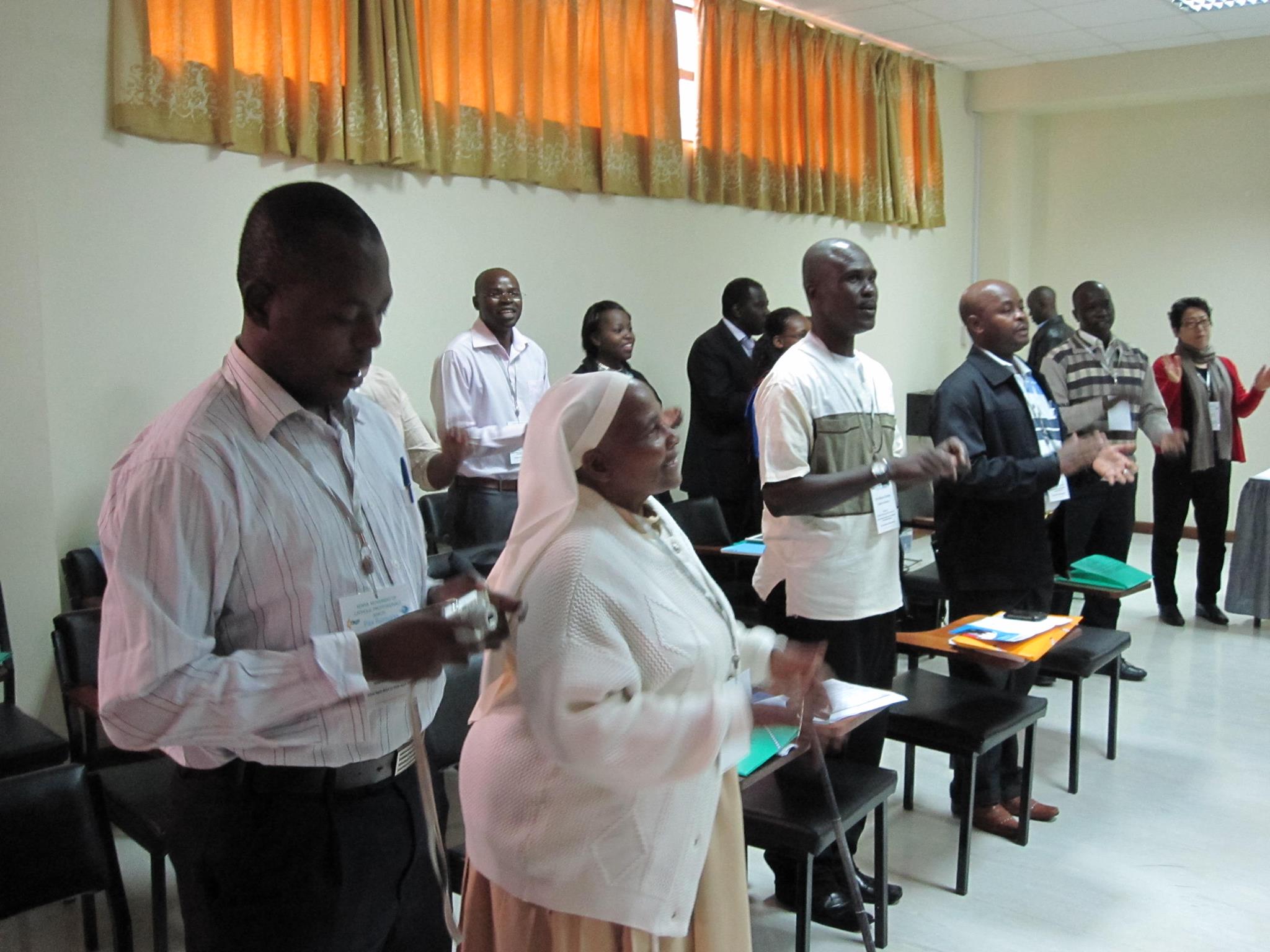Capacity BUILDING
The capacity building program at Gaplink International (GLI) is to obtain, improve, and retain the skills, knowledge, tools, equipment, and other resources needed for a community to do its jobs competently.



LEARN • Grow
GLI community capacity building program aims at empowering the organizations basically faith-based organizations, to perform better internally and towards the community they serve. GLI capacity building program has to be based on local realities. Normally this is achieved when the capacity-building program is led by local people.
GLI community capacity building programs are concerned with increasing the ability of the recipients which are the local groups or the beneficiaries of development projects to continue their future development alone, without external support.
Effective capacity building also takes time and depends on respectful dialogue between the GLI staff and local community organization that is building itself up.
For example, Gaplink International organization community capacity programs, we suggest ideas and techniques to the local groups about financial management which will help the local groups use their funds more effectively. GLI has engaged in a number of activities involved with community capacity building, including:
Peer learning can be an effective tool for enhancing organizational change by providing an opportunity for peers to share their successes, challenges, and best practices in the target groups and areas. GLI uses the following tools in its capacity building and learning initiatives:
gli organizational tools
- Organization of various workshops, seminars, and similar activities with the participation of leading experts in the field and based on the needs of the participating groups,
- Development and publication of scholarly and information materials.
- Provision of advisory services as a regional center where target groups can exchange best practices;
- Organization of surveys to identify needs of its partners and participating communities;
gli organizational tools
GLI also employs the expertise of consultants from a wide range of backgrounds and industries (academic but not limited to) because of a long-standing working relationship built with partner institutions and experts.
As a part of its peer learning and capacity building pillar, the GLI capacity building program successfully facilitates and promotes peer-to-peer learning programs created to capture the tacit knowledge of practitioners (or reformers) and share between reformers best solutions for country-specific problems, as well as develop and implement “best fit” reforms.
|
As GLI our learning outcomes for the target group or communities is: |
- To understand the concept and value of peer education.
- To initiate and plan their peer education project.
- To identify and engage with their project’s stakeholders.
- To ensure the learning and participation of their target groups.
- To evaluate and follow up on their project.
As practitioners of community organizing, GLI keeps two basic goals at the forefront of our efforts in the capacity program;
- Be the best at what we do
- Build and expand our organizations.
A successful organization knows it needs to build the capacity to effect change and fulfill its mission. Our core components of our capacity-building efforts include:
- Leadership development: We believe in shared leadership and that everyone has the potential to be a leader with the right encouragement and support. We focus on ensuring that our members have the support, skills, and resources to effectively direct, represent and own their organizations.
- Staff development: We believe in employing skilled and talented professional staff who knows how to build permanent, multi-issue, membership-based organizations. We provide our staff with the training and support they need to reach their full potential.
